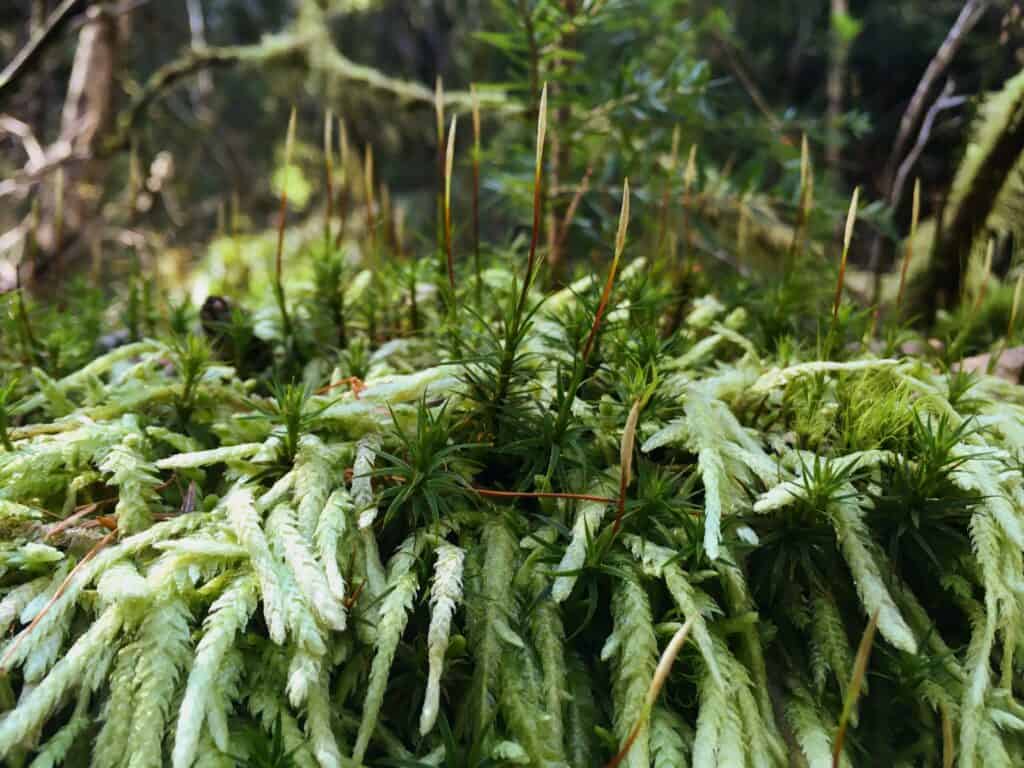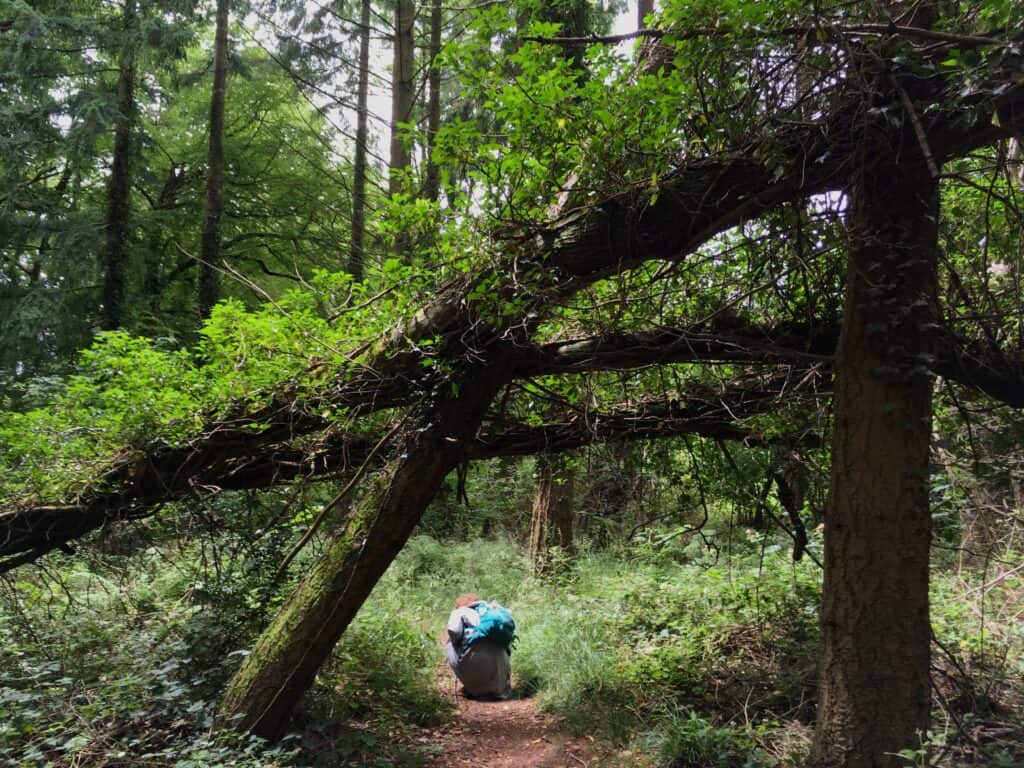The soothing balm you need in this crisis—and it needs you
If I may, I would like to begin by asking you a question. Who is there for you right now, during this unprecedented time that we are living? I imagine that loved ones come to mind; close friends, family members, significant others, neighbours, beloved pets, as well as generous community members, some of whom may even be strangers.
I would like you to now consider who else might be there supporting you, nourishing your mind, body—and might I add, spirit—as well as every other human being in this crisis.
For some, my answer might surprise, but for many others, it is the most natural thing. Whether you are consciously aware of it or not, the natural world is also and always there for you (or as I prefer to say, the more-than-human world, as there is no divide between “us” and “nature”).
The more-than-human world is the entirety of the earth’s beings—organisms of all kinds — with whom we are inextricably linked and share this planet. The coronavirus pandemic is shedding light on the endless ways that we have forgotten our interconnections not only with the global community, but with the more-than-human community of which we are an integral part and literally depend on for our livelihood.
Among many things, connecting to the more-than-human world not only eases our stressed nervous systems (more on this below), but also reminds us of our place in the order of things. Whoever you are and wherever you may be, you can connect to nature—no prerequisites required.
One way to connect to the more-than-human world is through the practice of forest therapy, also known as forest bathing. Forest therapy evolved from the Japanese practice of Shinrin-Yoku—which literally translates as “forest bathing”—and means taking in, with all of your senses, the forest environment. Forest bathing began in Japan in the 1980’s from the scientifically supported inclination that spending time in nature is good for our health, both mentally and physically. Its core tenets reflect a way of being in connection with the earth that is intrinsic to all humans. A forest therapy walk is typically done with a guide, lasts a few hours, and is focused on slowing down to the moment at hand and truly experiencing your surroundings—and the living beings therein—with all of your senses.
A key tenet of this practice is to develop a quality of attention to nature that is founded upon our sensory experiences rather than on a more rational and intellectual approach that usually dominates how we perceive our surroundings. This is accessible to all people, because it is the way that we are supposed to be in relationship to the world. However dormant this inclination may be in some, it is literally encoded in our DNA.
The health benefits of spending time in, and connecting with, the natural world are irrefutable, as numerous scientific studies from the last decade have shown. But for many, these benefits are something we know intuitively, without needing scientific evidence. We Homo sapiens have spent 99.99% of our evolutionary development in nature; we are wired to be at our physical and mental best when immersed in it. Today, most North Americans spend upwards of 95% of their time indoors, so it is no wonder that this is contributing immensely to our collective malaise.
Some of the benefits of nature for our physical and mental health include: stress reduction (which is significant as chronic stress makes us more vulnerable to illness and disease), lower blood pressure and heart rate, a strengthened immune system, an enhanced sense of relaxation and well-being, a reduction in feelings of anxiety and depression, improved sleep, increased creativity, greater mental clarity and ability to focus (even in children with ADHD), and increased energy levels.
There are other benefits of spending time in nature, especially in this moment. Now that the coronavirus has made us hyper-vigilant about our surroundings, including all that we touch and the very air we breathe, the opportunity that nature offers us to engage with our whole body without fear provides immense relief, and might I add, joy. Putting our hands on the trunk of a tree, on a soft bed of moss, or on a cool rock; observing a spider web or coiled bud up close; being unafraid to fill our lungs with deep, satisfying breaths of air; and taking time to simply feel our aliveness, are all grounding ways to put a pause to the looming feeling of dread that has become all too familiar as of late.
From wherever you are—even in isolation—you can connect to the natural world. Whether it is from your backyard, your balcony, a nearby trail, a city park, your window in a high rise, or a cottage, nature is all around us; and in this moment, more than ever, it is calling us to pay attention.
Here are some suggestions—inspired from forest therapy practices—that you can try on your own.

Sensory Exploration
Try to be outdoors for this activity. If you cannot, looking out onto nature from a window or even observing the beings within your home, like a houseplant or pet, are valuable as well.
Close your eyes for several minutes—the longer the better—and bring your attention to what your senses are experiencing. As sight is our most dominant sense, closing your eyes heightens your other senses, bringing a different kind of awareness to the moment. Begin with some deep breaths and notice what it feels like to be breathing. What is the quality of the air? How does it feel in your body to be standing, or sitting, where you are? Can you feel the support of the earth below you? What can you hear? What are the nearest and farthest sounds? Open a window if you are indoors. Can you hear the wind through the trees, or birdsong? (Studies have shown that the most relaxing sounds for humans are the sound of the wind in the trees, birdsong, and gently moving water. Sounds that are, we must remember, older than mankind.) What can you smell in the air? Perhaps a coniferous tree or the soil as it thaws? What about your sense of touch? What does the air feel like along your skin? Or the sunlight as it touches any exposed skin? How does it feel to touch a leaf, or hold a pinecone or a stone, softened over thousands of years?
Slow sensory walk
If you are outside, take a very slow walk, bringing your attention to what you are naturally drawn to. What do you see, smell, hear, and feel? If you pause for a moment, observe what is in motion around you. If a gently moving branch or bird in flight catches your attention, stay with it for a while. Allow your curiosity to guide you. For instance, if you feel compelled to touch that tree, go ahead! Or place your hands on the cool earth and close your eyes for a moment. What do you notice? Do not be shy to smell the soil. Studies show that the feel-good hormone oxytocin is released when we smell the humus in the soil. This is the same hormone that is released when newborns bond with their mothers! We are sensory beings, and our bodies long for this in our modern world that prioritizes the visual. Allow yourself to follow what feels good.
If you are indoors, you can engage your senses while gazing at a tree outside your window or perhaps at your houseplants that you have never quite seenin this way. Observe the intricate patterns of the veins on the leaves. How does the sunlight illuminate them? How do the leaves feel on your fingertips? Have the new buds opened up yet?
Sit spot
Again, while this is best done outdoors, you can most definitely practice this while looking out onto nature from a window.
At this time of less distraction from the razzle-dazzle of modern society, and as the injustices of society and limited reality of capitalism are staring us right in the eye, so many important questions are arising in us all. What will “normal” look like if we ever get back there? What is the meaning of a good life? Returning to nature, I believe, will answer many of these questions, if you simply give it the chance. Step outside, breathe, and look to the sky. You, as the winged ones flying overhead, are most vibrantly alive.
One core practice during a forest therapy walk, as well as in many nature connection practices, is the sit spot. The premise is simple: on your own, find a place that you feel drawn to and that feels good. With no other distractions (no cell phone!), simply sit for as long as you like—I recommend for a minimum of ten minutes. Taking time to sit quietly and simply be, while you observe the more-than-human world unfolding around you, might be a first for many. We live in a world of such busyness and doing. What might it be like to be a human BEING rather than a human DOING? Sit and take it all in.

Sophie Monkman has a forest therapy practice in Montreal. Visit her website at www.softearthforesttherapy.com